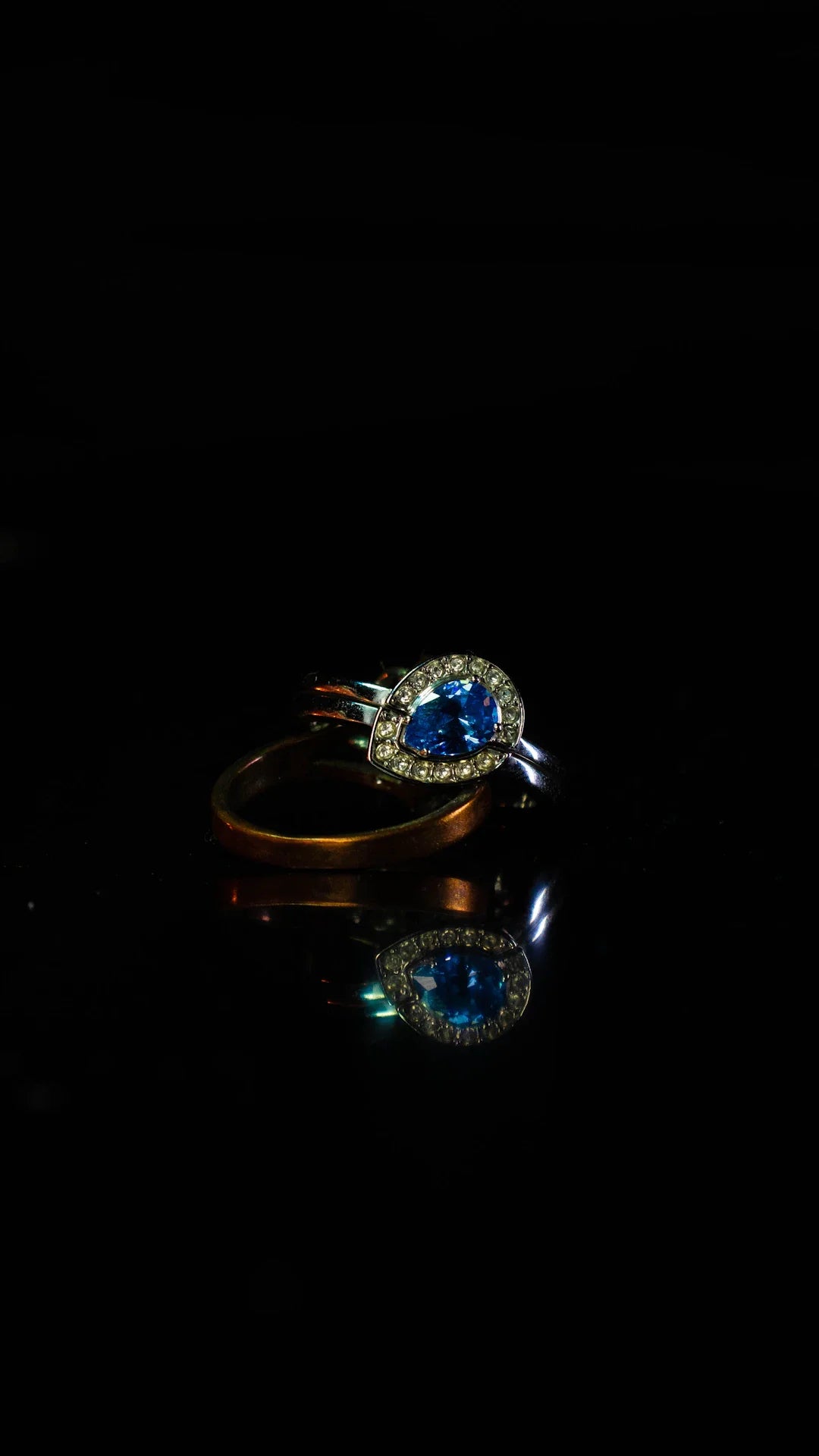
How to Identify Real Sapphires vs. Imitations
Share
Sapphires are one of nature’s most captivating gemstones, revered not only for their breathtaking beauty but also for their rich history and symbolism. However, with the rise of synthetic and imitation stones in the jewelry market, knowing how to distinguish real sapphires from their deceptive counterparts is crucial for any jewelry enthusiast. This guide will walk you through the essential characteristics of genuine sapphires, helping you make informed purchasing decisions.
Understanding Sapphires: The Basics
Sapphires belong to the corundum family and are specifically classified as gemstones when they exhibit a rich blue hue. However, they actually come in a vast array of colors, including yellow, pink, purple, and even colorless varieties. While most people think of sapphires as blue, it’s important to know that all of these different colors are still considered sapphires.
Origin Matters
The origin of a sapphire often plays a significant role in its value. Sapphires mined from regions such as Kashmir, Burma (Myanmar), and Sri Lanka (Ceylon) are infamous for their rich colors and clarity. Understanding the origin of your sapphire can help you gauge its authenticity and worth. Look for reputable dealers who can provide verified provenance to ensure you are receiving a genuine stone.
Recognizing Real Sapphires
Real sapphires possess certain traits that distinguish them from synthetics or imitations. Here are some key factors to consider when evaluating a sapphire:
Color
The color of a sapphire is its most important identifying feature. Genuine sapphires often display a deep, vibrant hue with plenty of saturation. If the color appears too uniform or overly bright, it could be an indication of an imitation. Also, be mindful of the color zoning; natural sapphires can show slight variations in color, while synthetic stones usually appear more homogeneous.
Clarity
Real sapphires may contain inclusions—tiny imperfections—that can often be seen with magnification. These inclusions can provide a glimpse into the stone's history and origin. Unlike genuine sapphires, synthetic stones might have fewer inclusions and appear flawless. Always scrutinize the stone carefully under a jeweler's loupe or magnifying glass.
Hardness
One of the most compelling reasons why sapphires are so desirable is their hardness. Scoring a 9 on the Mohs scale, sapphires are extremely durable. You can perform a scratch test on less valuable materials, such as glass, to see how well the sapphire holds up. If the sapphire easily scratches or shows signs of wear, there's a good chance it may not be authentic.
Testing Gemstones: Techniques You Can Use at Home
If you’re considering purchasing a sapphire but aren’t sure about its authenticity, there are several at-home tests you can perform:
The Water Test
Fill a glass with water and gently drop the sapphire into it. A genuine sapphire will sink to the bottom, while an imitation may float or remain suspended.
Fog Test
Take the gemstone and gently breathe on it, as if you were fogging up a mirror. Authentic sapphires disperse heat quickly, so the fog should dissipate almost immediately. If the fog clings to the stone for an extended period, it may not be genuine.
UV Light Test
Use a blacklight to examine the sapphire. Many authentic sapphires display some level of fluorescence. However, keep in mind that this isn't foolproof, as some imitations may also react under UV light.
Understanding Imitations and Alternatives
As the demand for sapphires increases, so does the range of imitation stones on the market. Understanding these imitations is key to making informed decisions:
Monocrystalline and Polycrystalline”
Monocrystalline gems, such as created sapphires (lab-created), are chemically identical to natural sapphires. Though they can be stunning and less expensive, they lack the nuances and history that natural stones carry. On the other hand, polycrystalline gems like glass or other synthetics can often mimic real sapphires but lack durability and the specific characteristics of natural stones.
Price vs. Value
When shopping for sapphires, it’s essential to be wary of prices that seem too good to be true. Genuine sapphires can be expensive, especially if they come from renowned locations like Kashmir or Sri Lanka. If a sapphire's price is significantly lower than average, there’s a strong possibility it may be imitation or of lesser quality.
The Role of Professional Appraisal
If you're still in doubt about the authenticity of a sapphire, hiring a professional appraiser can provide peace of mind. An expert will use specialized equipment, such as a refractometer or spectroscope, to assess the stone's properties accurately.
Enhancing Your Collection: From Sapphires to Citrine
Understanding how to identify real sapphires can significantly enhance your jewelry collection. If you’re planning to invest in luxury gemstones, knowing how to distinguish between genuine and imitation stones is equally important.
Citrine, often referred to as the “Merchant’s Stone” due to its purported properties of wealth attraction, ranges from golden yellow to deep amber hues. The same principles for examining sapphires apply to citrine. Pay attention to color saturation, clarity, and the presence of inclusions. When you've honed your gemstone identification skills, not only will you feel more confident about your sapphire purchases, but your collection of luxury Citrine jewelry will shine even brighter!
Final Thoughts: Sparkle with Confidence
By being informed and aware, you can confidently navigate the world of sapphires and other gemstones. The ability to identify genuine sapphires versus their imitations not only assures you of your investment but also enhances your overall jewelry collection. With a newly acquired skill set and a discerning eye, you can explore many other beautiful stones, including sapphire's fabulous counterpart, citrine. So go ahead, embrace your love for gemstones, and let your jewelry collection dazzle! You'll not only enjoy your purchases more, but you'll also bring home pieces that truly shine with authenticity.